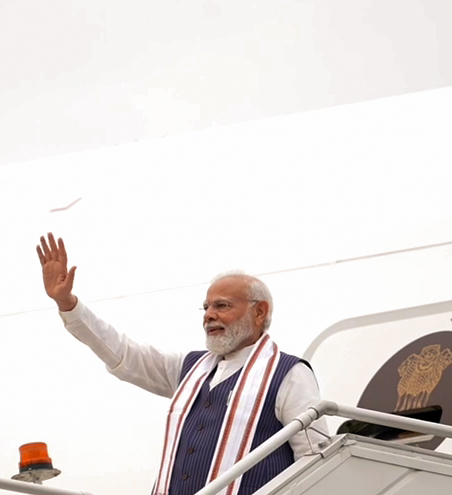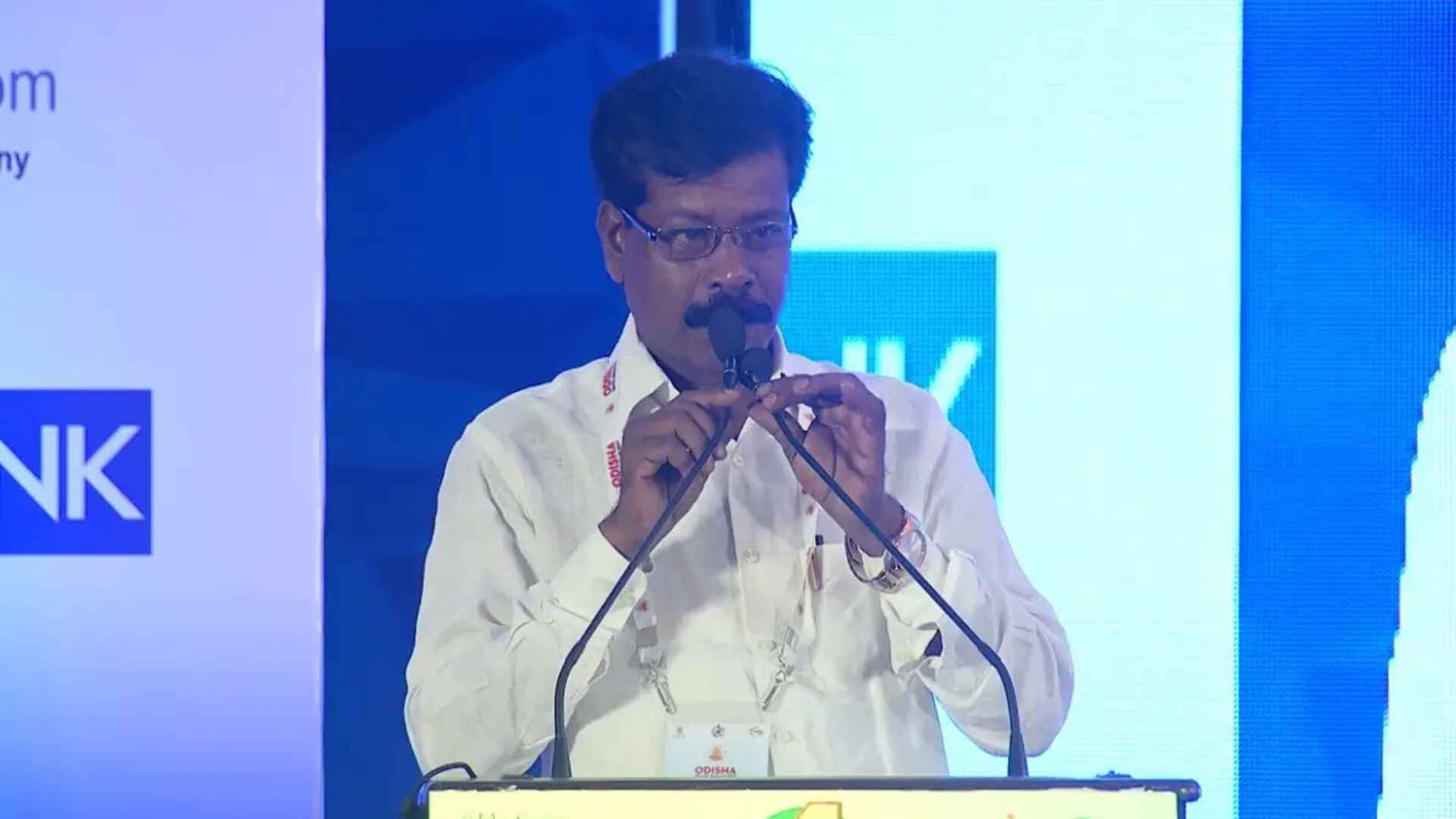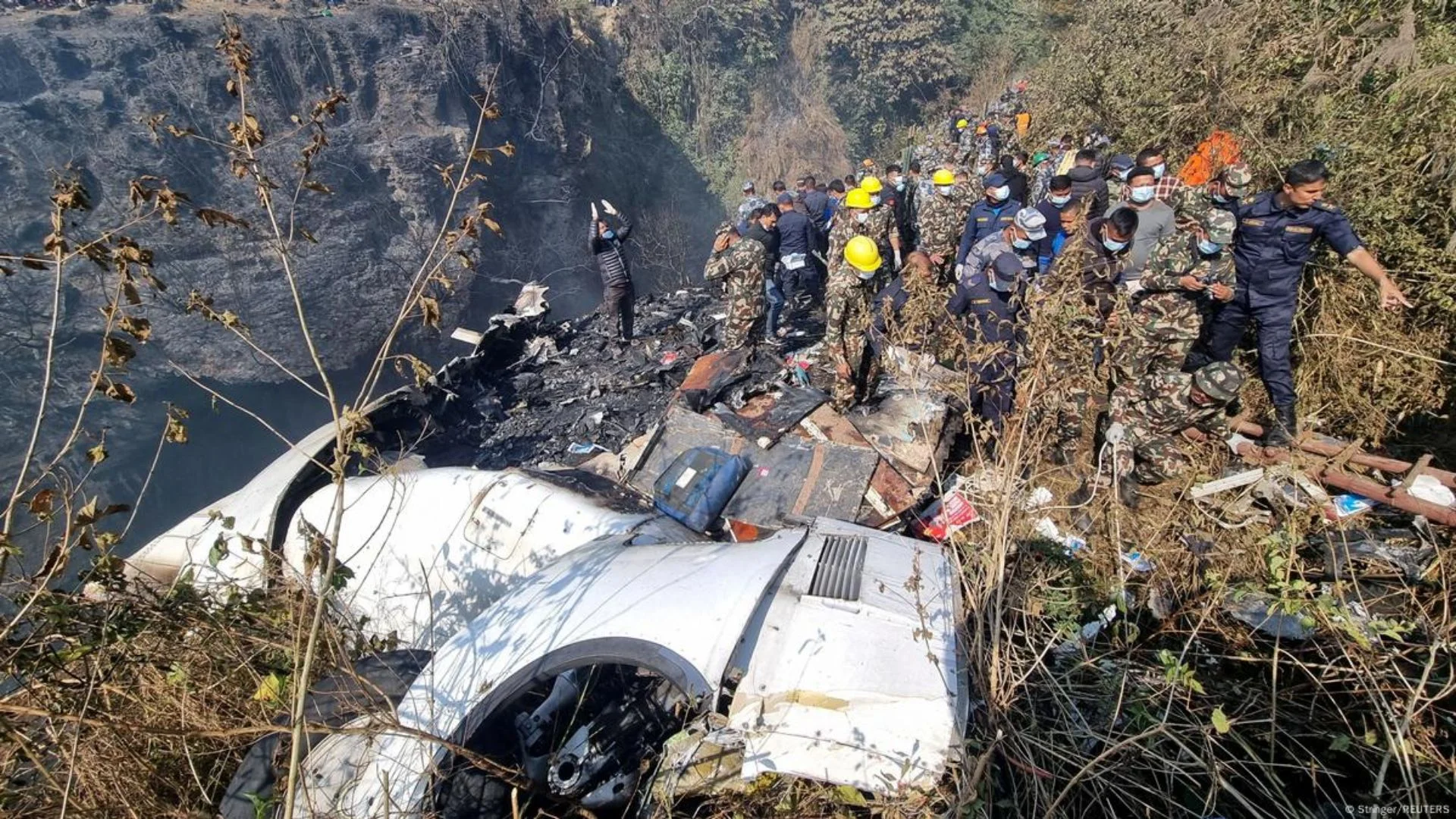Prime Minister Narendra Modi’s maiden State visit to the United States was an immediate success.
It should be noted that we are not discussing a Bollywood film, but rather a journey that echoes with a new motto for India-US relations. “Our cooperation will serve the global good as we work through a range of multilateral and regional groupings – particularly the Quad- to contribute towards a free, open, inclusive, and resilient Indo-Pacific,” the India-US joint statement states. The collaboration between our two great countries, which reaches the oceans to the sky, has left no corner of human enterprise unaffected.” The grand rhetoric will be translated into action as India will soon join the Artemis Accords, a US-led effort to send humans to the moon again by 2025, with the ultimate goal of expanding space exploration to Mars and beyond. The range of bilateral agreements signed and the likely spin-offs that it will bring to the Indian industry by itself indicates the depth of mutual understanding and strategic salience attached to India by the US.
The perspective from Beijing and Islamabad gives us a bird’s eye view of the State Visit of Prime Minister Modi. Both China and Pakistan have long opposed an assertive India on the world stage and especially one that is in sync with the United States. For China, the State Visit of Prime Minister Modi to the US was a cruel reminder that it is not only Beijing which can pursue “win-win” cooperation with America.
The Prime Minister indirectly hit out at China when he told Congress, “The dark clouds of coercion and confrontation are casting their shadow in the Indo-Pacific.”
He added, “The stability of the region has become one of the central concerns of our partnership.” The joint statement included a warning of rising tensions and destabilizing actions in the East and South China Sea and stressed the importance of international law and freedom of navigation. The US may have well sent a gentle reminder to China when they played Lata Mangeshkar’s “Ae mere wattan ke logon”, at the State dinner.
This is a song that commemorates the Indian Army soldiers who lost their lives during the 1962 India-China border war. Symbolism plays an important part of the new normal in India-US relations! Chinese state media said the US was displaying “wishful thinking” regarding India’s potential. They regarded Modi’s visit as part of Washington’s strategy to prop up India to contain China – exuding a mild ‘cautious optimism’ – as Beijing believes that the two sides aren’t entirely aligned.
The winds of change in Indo-US relations are best seen in the Joint Statement wherein both leaders “….strongly condemned cross-border terrorism, the use of terrorist proxies and called on Pakistan to take immediate action to ensure that no territory under its control is used for launching terrorist attacks.” This was certainly not liked by Pakistan. Pakistan’s Foreign Ministry said the US-Indian Joint Statement was “unwarranted, one-sided, and misleading”. Foreign Secretary Vinay Mohan Kwatra aptly summarised the visit’s outcomes when he stated that a major takeaway from the visit was the area of technology cooperation across the entire ecosystem, tech transfer, tech trade in products and services, tech capacity building, tech co-production and research, alluding to cooperation within the framework of the initiative on critical and emerging technologies (iCET) and beyond. Advances in defence partnership, space cooperation, and both nations’ dedication to utilising innovative technology for mutual benefit deserve special note. The fact that President Biden bestowed a state award upon the Prime Minister demonstrated the importance the US places on the visit. Geopolitically, both countries have demonstrated the desire and the means to grow closer together. The agreement to jointly manufacture jet engines, buy High Altitude Long Endurance (HALE) drones, and construct semi-conductor facilities in India represents a significant advancement in technology defence cooperation. The Memorandum of Understanding inked by General Electric and Hindustan Aeronautics Limited to jointly build GE 414 fighter jet engines with technology transfer and indigenous production capabilities is noteworthy. The Tejas Mark II will undoubtedly benefit. The possibility of using the GE 414 for the AMCA also exists in the future. Furthermore, the Indian Navy, Army, and Air Force will purchase 31 MQ-9B HALE US drones to improve India’s intelligence, surveillance, and reconnaissance capabilities. General Atomics, based in the United States, will establish a centre in India to support long-term aspirations of increasing India’s domestic security capabilities. The fact is that both India and the US need each other in the new world order. With Russia fighting a lone war in Ukraine, China on its mission to become a world power and others clamouring for a place on the world stage, the US realizes it needs a partner in the Indo-Pacific to whom it can entrust the responsibility of acting as a countervailing force against China. India hesitates to be that force openly. It is therefore important for India to take action in that direction without necessarily bragging about it.
India and more importantly, Prime Minister Modi realizes that closer interaction with the US is essential if it is to move away from its dependence on Russia for its weapons and other equipment. There is another facet to the current visit which is geo-politically important for both the US and India, though for different reasons. The US expectation is that India will sooner than later overtly support Ukraine in the conflict. Till this happens, the need to use bilateral leverages with India will continue. In the end, the India-US relationship has benefited. Both parties are now able to bring their requirements together on a single platform, and the multi-layered procedures put in place to meet the Joint Statement’s aims will most likely survive the elections next year in both India and the United States. If this occurs, President Biden and Prime Minister Modi will have contributed to determine the future of India-US relations.







